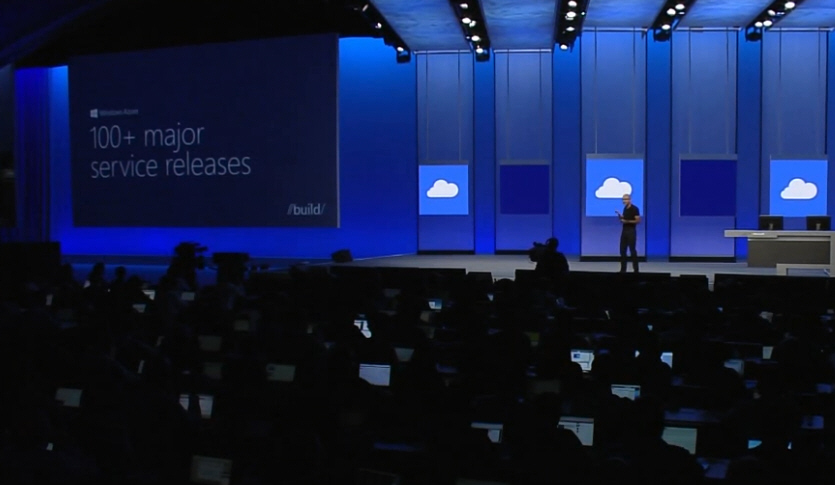
Microsoft showcases new developer opportunities
Day two's keynote at the Microsoft Build 2013 developer conference focused on the company's commitment to the Windows Azure mobile development program.
Azure Mobile Services and Azure Web Sites move from preview to general availability status. Mobile Services makes it easier for developers to build connected, scalable apps for Windows, Android and iOS, whilst Web Sites makes it simple to create and run webpages. There were also previews of new Azure technologies including Auto Scale, offering the ability to adjust capacity according to customers' needs. Plus a preview of enhancements for Azure Active Directory.
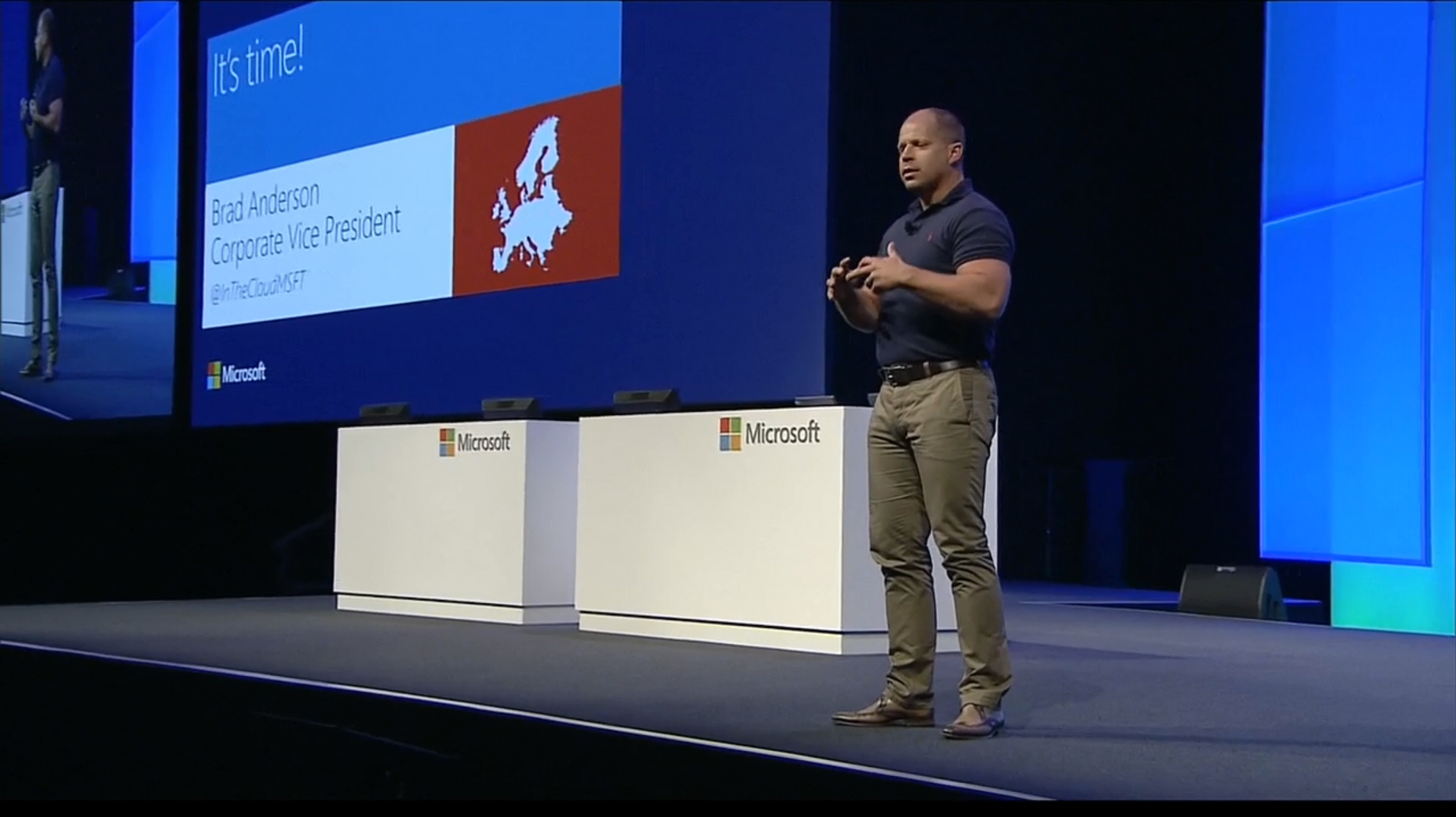
Microsoft trumpets next generation enterprise solutions
In a keynote speech to the TechEd Europe conference in Madrid, Microsoft's Server and Tools Corporate VP Brad Anderson has announced the availability of preview versions of Windows Server 2012 R2, System Center 2012 R2 and SQL Server 2014.
Writing on the company’s blog Anderson says, "These products are going to have a massive impact on companies around the world -- and IT pros are going to see the traditional boundaries between datacenters vanish and a true hybrid cloud emerge".

Microsoft and Oracle head into the cloud together
Microsoft has announced a tie up with Oracle that will allow customers to run Oracle software on Windows Server Hyper-V and in Windows Azure.
The partnership means that Oracle will certify and support its software -- including Java, Oracle Database and Oracle WebLogic Server -- on the Microsoft cloud platforms. The key elements of the deal are listed on Oracle's corporate blog.

Nextgen Reader for Windows Phone 8 gets Feedly-fied
There's more to the rapidly-approaching Google Reader shutdown than the demise of a popular RSS feed aggregator. The service is used by numerous mobile apps on all major platforms, which will soon be unable to deliver the latest news to insatiable users unless developers embrace an alternative (that, hopefully, will not burst into flames due to a growing following).
For Nextgen Reader -- one of the most popular RSS feed delivery apps on Windows Phone 8, Windows 8 and Windows RT -- the alternative is Feedly. Its maker, Next Matters, announced the move in early-June, and, yesterday, launched an update that adds support for the service in the Windows Phone 8 app.

CryptSync lets you easily encrypt all your cloud storage files
Storing important files online is convenient, but it also poses a security risk. Even if your cloud service offers encryption, that won’t necessarily keep your data safe, as if someone manages to obtain your account password then they’ll probably be able to access whatever they like.
If you need real privacy, then, you might want to consider encrypting files before they’re uploaded. This adds a useful extra layer of protection which makes it far more difficult for an attacker to view your files. And it doesn’t have to involve any real extra work, either -- the open source CryptSync makes the process almost automatic.
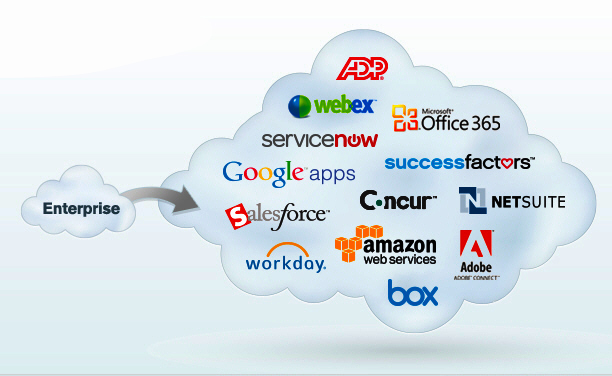
The cloud has a ThousandEyes as new performance management tool launches
As enterprises adopt more cloud applications they’re becoming more reliant on data centers and systems which are outside their control. Performance management hasn't kept up with this trend as existing tools don't see what’s going on outside the corporate network and so can’t reflect the times when cloud apps are slow or down.
San Francisco based ThousandEyes has launched an answer to this problem with a tool that can recognize all of the layers involved and pinpoint where a problem lies. It can be set up as a Linux package or virtual appliance at multiple locations and is able to detect issues in real time.

Top SMBs use IT for SBE, OK?
A new report from Symantec shows that many small and medium businesses (SMBs) feel that good IT systems can give them a competitive advantage. It seems that confidence in IT can boost business success.
Using results from a survey of almost 2,500 companies the report has established an SMB IT Confidence Index designed to measure how confidently enterprises approach computing and divide them into three tiers. Top tier companies are far more likely to use IT as a strategic business enabler (SBE). These more technically confident SMBs are prone to invest heavily in computing infrastructure and are more inclined to invest in new initiatives like mobile devices and the cloud.
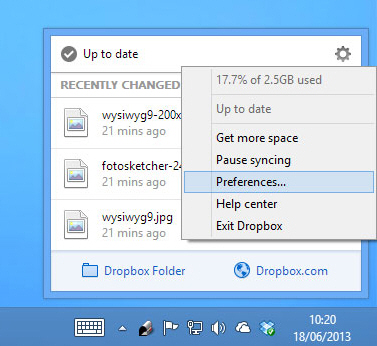
Dropbox update delivers performance improvements, better notifications
Popular cloud backup and storage tool Dropbox 2.2.4 FINAL has been released for Windows, Mac and Linux. The app, also available on iOS and Android, allows users to backup, sync and share data across a wide variety of devices via a central Dropbox folder.
Version 2.2 comes with a new notifications badge, a refactored core sync engine, improved memory usage, start-up performance improvements and Finder icon overlay enhancements.

Virtual U.S. Congress: a practical, plausible way to save millions in waste
The very notion of telecommuting has been present in the mainstream white-collar workplace now for well over a decade. Yet for one of the worst offenders in padding operating and travel expenses, namely the U.S. Congress, the notion of mentioning telecommuting seems to be downright sinful. One would think that these calls for a "virtual Congress" come from watchdog groups of various political winds. But shockingly enough, one of Congress' very own -- House member Steve Pearce of New Mexico (R) -- is leading the push to bring our legislative branch full circle into the 21st century.
The premise behind the technical, and very much cultural, shift in thinking for how Congress does its business is quite down to earth. "Corporations and government agencies use remote work technology; it’s time that Congress does the same," says Pearce on a landing page for his initiative. "Members of Congress can debate, vote, and carry out their constitutional duties without having to leave the accountability and personal contact of their congressional districts." A wholesale breath of fresh air, I say.

Microsoft beefs up Windows Azure with two-factor authentication
In an effort to beef up the security of its cloud platform, late-yesterday, Microsoft introduced two-step authentication for Windows Azure. The new feature is available through a service called Active Authentication and, according to the software giant, is mostly aimed at enterprises.
"Companies can enable multi-factor authentication for Windows Azure Active Directory identities to help secure access to Office 365, Windows Azure, Windows Intune, Dynamics CRM Online and many other apps that are integrated with Windows Azure AD", says Windows Azure director Sarah Fender. "Developers can also use the Active Authentication SDK to build multi-factor authentication into their custom applications and directories".

Backupify's Migrator lets you easily move data between Google accounts
Migrating data between two Google accounts is not the easiest of tasks -- there's no simple switch that one can flip. Folks have to use various tools provided by the search giant to move a Google+ profile with circles, backup important emails and Drive content or transfer the Voice number and data. Based on my experience, it takes quite a bit of time too.
This makes it especially problematic for business users who wish to seamlessly migrate data from a standard Google account to Google Apps. Backupify wants to address this issue with the latest update for its Migrator tool, released today, which now introduces support for Google to Google Apps (and vice-versa) migrations.

Shifting software to the cloud could slash energy use
If all US companies were to move their core systems from in-house servers to the cloud the amount of energy used could be reduced by up to 87 percent a new report claims.
The research carried out by Lawrence Berkeley National Laboratory finds that if all the email, CRM and productivity software in the US were running in the cloud it would save 326 petajoules of energy. Just in case you were wondering a petajoule is around 278 gigawatt hours or the amount of energy you get from burning 34,121 tonnes of coal.

Sales of external server disk storage down for the first time since 2009
Across the globe sales of external server storage have dropped for the first time since 2009 according to research company IDC. Its Worldwide Quarterly Disk Storage Systems Tracker reveals that revenues in the first quarter of 2013 showed a 0.9 percent decline over the same period last year.
Total storage sales for servers, including the smaller market for disks internal to server cabinets, slipped by 3.2 percent over the same period. EMC maintains its lead in the server storage field with a 30.4 percent revenue share, followed by NetApp with 14.9 and IBM at 10.4 percent. If you look at the market by all server storage not just external disks, EMC still leads with 23.2 percent ahead of HP which has 15.5 and Dell with 13.9 percent.

Microsoft releases Bing Translator for Windows 8
It's not often that I wish to find out what "Qorwagh" or "ghaH*" mean, but when curiosity strikes I can always power up Bing Translator on my Windows Phone. Sadly, Microsoft does not provide a similar app on Windows 8, leaving folks to look up the meaning of those Klingon words using a web browser. Until today, that is.
On Thursday, the software giant released its excellent Bing Translator on Windows 8 and, yes, I can assure you that Klingon is among the supported languages. The app is similar to its Windows Phone 8 counterpart in terms of functionality and includes options like camera translation and more mundane ones like text-to-speech.
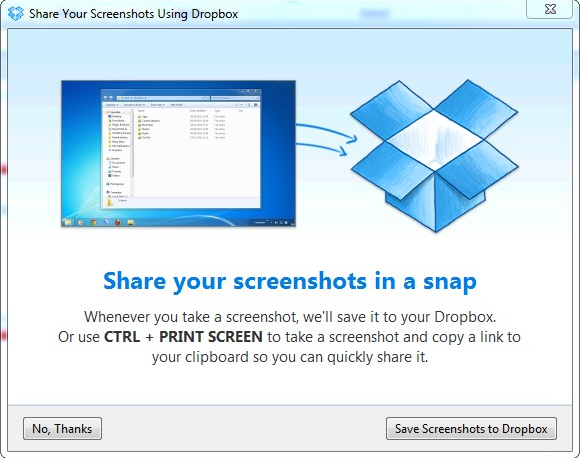
Dropbox Experimental Edition reveals future path for the cloud backup solution
Cloud backup and storage provider Dropbox has released Dropbox Experimental Edition 2.3.12, a pre-release version of its desktop client for Windows, Mac and Linux. The new build introduces several new features -- some restricted by OS -- designed to help simplify the import of photos and other images into the user’s Dropbox account.
At the same time, Dropbox 2.2.0 Release Candidate as quietly slipped out, confirming that the next stable release of Dropbox -- currently at version 2.0.26 -- will go straight to version 2.2, skipping the whole 2.1.x release branch that was previously being used to preview new features.
